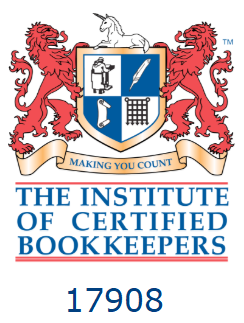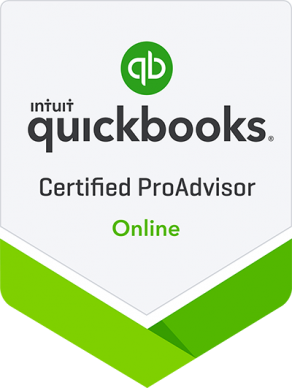Boost your family’s pension fund tax efficiently
Your spouse hasn’t paid into her pension fund since giving up work to have children. You’ve been told that you can pay contributions on her behalf. As a company owner manager, is it more tax efficient for you or your company to make the payment?

Who gets the tax relief?
Most personal pension schemes allow contributions from a third party, e.g. you could pay into a fund for your partner (whether or not you’re married) or even your children from the day they are born. The tax relief for contributions is given to the person for whom the fund is for and not the person who pays them.
The maximum contributions allowed for someone who has no employment income or profit from self-employment is £3,600 per tax year.
Example. Terry and Julie are partners. Julie has no income other than a few hundred pounds of interest on her savings each year. Terry pays £3,600 per year to Julie’s pension fund. To get £3,600 into Julie’s pension Terry has to pay just £2,880, i.e. £3,600 less basic rate (20%) tax relief. The difference of £720 (which is the tax relief) is added to Julie’s fund by HMRC to bring the amount contributed back to £3,600.
If Julie’s pension fund doesn’t accept third- party contributions, Terry could give Julie £2,880 and she could pay it into her fund. The tax relief would be added to her fund by HMRC in the same way as in our example.
Company contribution - method 1
Where an employer (company or unincorporated business) pays into a registered pension scheme, i.e. one that has been approved by HMRC, for a director or employee it doesn’t count as earnings for tax or NI purposes. In effect the contribution is tax and NI-free remuneration for the director or employee which makes this a very tax-efficient arrangement. However, the rules are tricky and so it’s questionable whether this tax break extends to contributions made for family members of a director or employee.
For the tax and NI exemption to apply HMRC’s view is that the pension plan must be for the direct benefit of a director or employee. While the wording of the legislation isn’t clear, it's likely that HMRC is right. This means that if Terry’s company paid into a pension plan for Julie, it would count as his taxable income. Therefore, as a higher rate taxpayer a £3,600 contribution would result in total tax and NI costs for Terry and his company of £1,158.
Company contribution - method 2
Instead of Terry’s company paying into Julie’s pension he could pay contributions personally but funded by a dividend from his company. The trouble is this still results in a tax cost of £972. There’s a more tax-efficient option.
If Terry transfers some of his company’s ordinary shares to Julie so that she has a small shareholding in the company and then it pays the £3,600 contributions for her, it counts as an income distribution for her which is taxed in the same way as a dividend. As Julie can use her personal tax-free allowance, the tax cost would be zero. What’s more, even if her income were greater she could make use of the lower tax rate (8.75%) which would still mean that the company-paid contribution would be very tax efficient .
Related Topics
-
Planning ahead for pension salary sacrifice changes
From 6 April 2029, both employers and employees will be required to pay Class 1 NI on pension contributions in excess of £2,000 made through a salary sacrifice arrangement. What can you do about it?
-
Marginal relief - responding to an HMRC nudge letter
HMRC is running a campaign to clamp down on incorrect claims for corporation tax marginal relief (MR). In what circumstances might you be challenged by HMRC and how should you respond?
-
Can you claim input tax on costs linked to electric cars?
Your business intends to go green and buy new electric cars. Can you claim input tax on the purchase of the vehicles and their subsequent fuel costs? Additionally, what recent change has been announced by HMRC?





 This website uses both its own and third-party cookies to analyze our services and navigation on our website in order to improve its contents (analytical purposes: measure visits and sources of web traffic). The legal basis is the consent of the user, except in the case of basic cookies, which are essential to navigate this website.
This website uses both its own and third-party cookies to analyze our services and navigation on our website in order to improve its contents (analytical purposes: measure visits and sources of web traffic). The legal basis is the consent of the user, except in the case of basic cookies, which are essential to navigate this website.